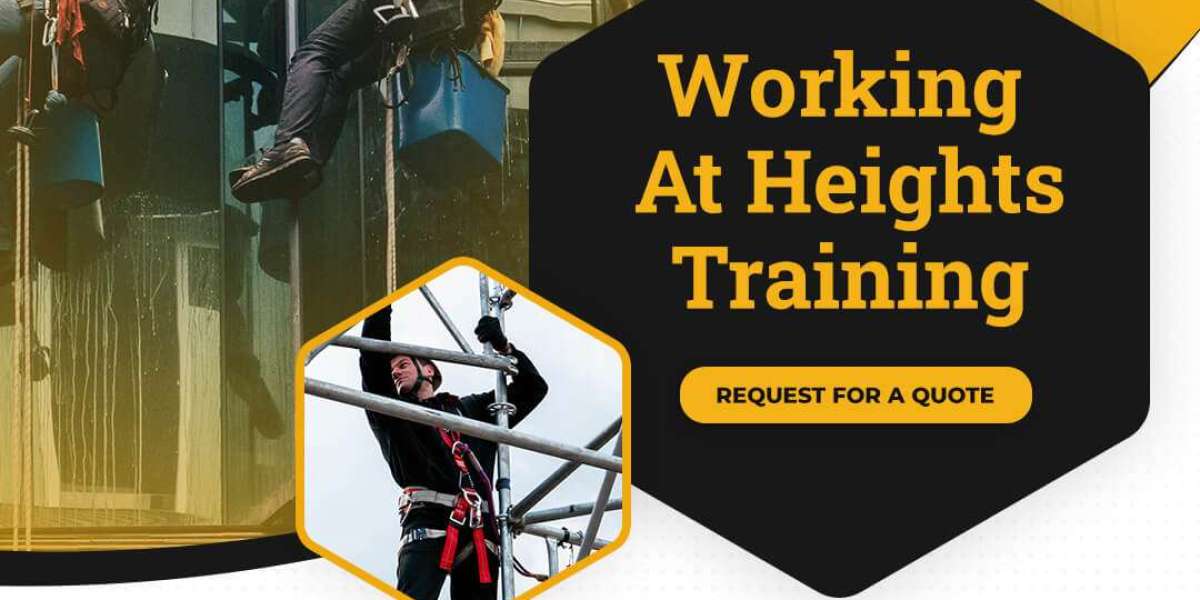Working at heights in Ontario is a critical aspect of various industries, including construction, maintenance, and telecommunications. It involves tasks performed at elevated positions where there is a risk of falling and sustaining injuries. Given the inherent dangers, it is crucial for workers and employers to adhere to stringent safety standards and regulations.
This blog explores the importance of working at heights in Ontario, the legal requirements, and the best practices to ensure a secure working environment.
The Importance of Safety When Working at Heights
Safety is paramount when it comes to working at heights. Falls from heights remain one of the leading causes of workplace injuries and fatalities. The impact of such accidents is far-reaching, affecting not only the injured workers but also their families, employers, and the broader community. Ensuring the safety of workers is not just a legal obligation but a moral one as well. It helps in reducing workplace accidents, enhancing productivity, and fostering a culture of safety.
Legal Requirements for Working at Heights in Ontario
Ontario has established rigorous standards for working at heights through the Occupational Health and Safety Act (OHSA) and related regulations. The Ministry of Labour, Immigration, Training and Skills Development (MLITSD) mandates that employers must ensure workers who perform tasks at heights are adequately trained and equipped to handle the associated risks.
Working at Heights Training
One of the pivotal requirements is the completion of a Working at Heights training program. This training is mandatory for workers who use travel restraint systems, fall restricting systems, fall arrest systems, safety nets, work belts, or safety belts. The training program must be approved by the Chief Prevention Officer and delivered by an accredited training provider. It includes both theoretical and practical components to ensure workers understand the risks and the correct use of fall protection equipment.
Equipment and Safety Measures
Employers must provide appropriate fall protection equipment and ensure it is properly maintained. This includes harnesses, lanyards, anchor points, and guardrails. Regular inspections and maintenance of equipment are crucial to ensure their reliability in preventing falls. Additionally, employers must develop and implement a fall protection plan tailored to the specific worksite conditions and tasks.
Best Practices for Working at Heights
Adhering to best practices can significantly enhance safety when working at heights. Here are some key strategies:
Risk Assessment
Conducting a thorough risk assessment before commencing work is essential. Identify potential hazards, evaluate the risks, and implement control measures to mitigate them. This proactive approach helps in anticipating and addressing safety issues before they arise.
Use of Proper Equipment
Selecting the right equipment for the job is critical. Ensure that all fall protection gear meets the relevant safety standards and is appropriate for the specific tasks. Workers should be trained on the correct use, limitations, and maintenance of the equipment.
Regular Training and Drills
Continuous training is vital to keep workers updated on safety practices and regulations. Regular drills and refresher courses help in reinforcing the knowledge and skills required to work safely at heights. Encourage workers to report any safety concerns and participate actively in safety programs.
Supervision and Monitoring
Effective supervision ensures that safety protocols are being followed on-site. Supervisors should be trained to identify potential hazards and enforce safety measures. Regular monitoring and audits can help in maintaining high safety standards and addressing any lapses promptly.
Challenges and Solutions
Despite the best efforts, challenges in working at heights persist. Weather conditions, such as high winds or rain, can increase the risk of falls. Employers should establish protocols for assessing weather conditions and halting work when it becomes unsafe. Additionally, ensuring that all workers, including temporary and subcontracted personnel, receive proper training and equipment is crucial.
Conclusion
Working at heights in Ontario demands a comprehensive approach to safety, encompassing legal compliance, proper training, and the implementation of best practices. By prioritizing safety, employers can protect their workers from the risks associated with elevated work, reduce workplace accidents, and foster a culture of safety. The commitment to stringent safety measures not only fulfills legal obligations but also enhances overall productivity and morale within the workforce. Remember, when it comes to working at heights, safety is non-negotiable.





